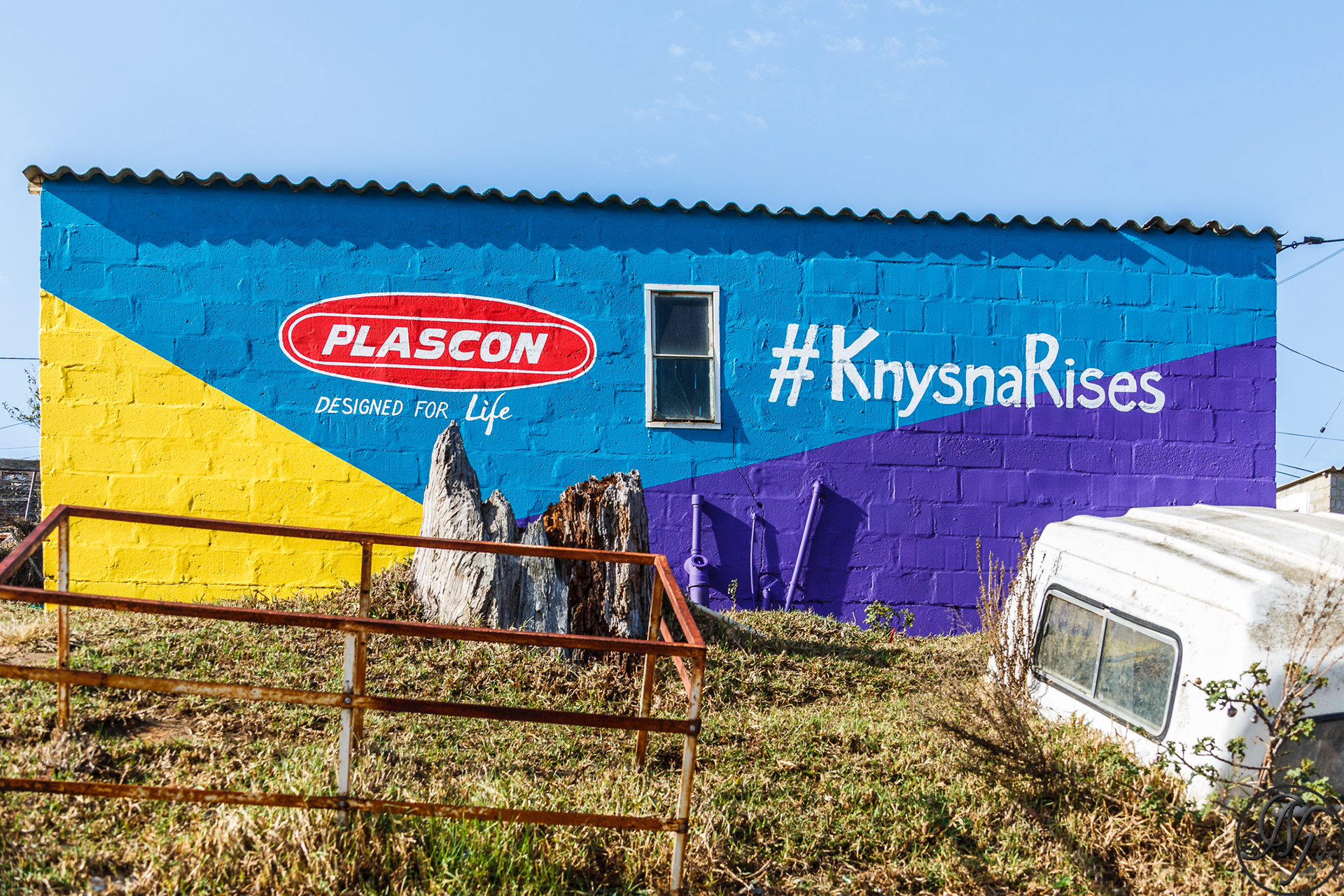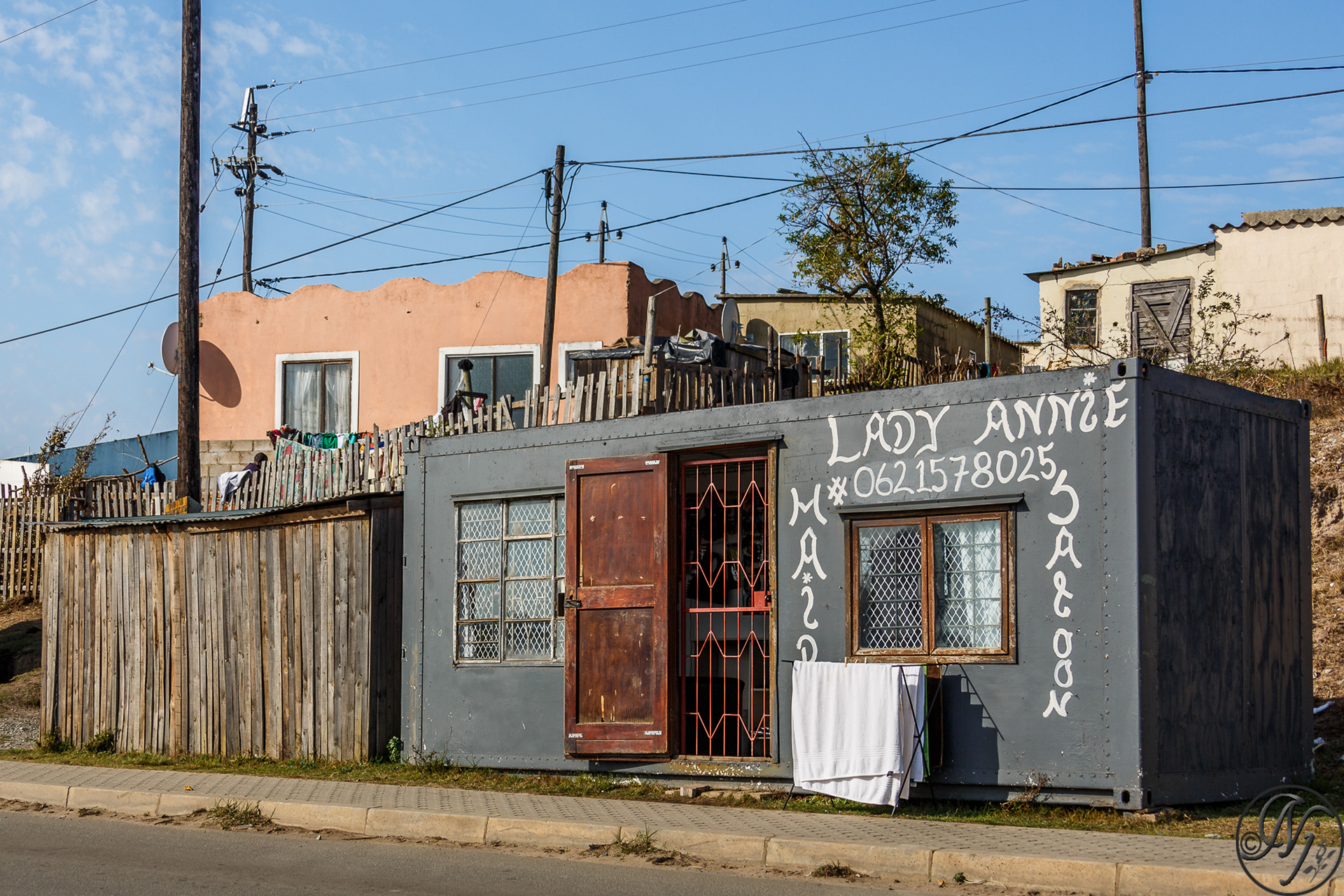







In South Africa, the terms township and location usually refer to the often underdeveloped urban living areas that, from the late 19th century until the end of apartheid, were reserved for non-white residents, namely Indians and black people (Africans and "Coloureds"). Townships were usually built on the periphery of towns and cities. The term township also has a distinct legal meaning in South Africa's system of land title, which carries no racial connotations. History, During the first half of the twentieth century, a clear majority of black people major urban areas lived in hostels or servants’ accommodations provided by employers and were mostly single men. In the period during and following World War II urban areas of South Africa experienced a rapid period of urbanisation as the colour bar was relaxed due to the war. Neither employers nor the government built new accommodation or homes for the influx of new residents. This led to overcrowding, poor living conditions, and the absence of amenities thereby contributing to high levels of crime and violence. High rents and overcrowding led to land invasions and the growth of shack settlements which were largely ignored by government. By 1950 a substantial proportion of the urban black population lived in townships. In 1950 upwards of 100,000 people were living in townships on the Witwatersrand, 50,000 people in Cato Manor in Durban, and an estimated 150,000 black and coloured people living in townships in Cape Town. Living conditions in the shack township settlements were low but had the advantage over other more established options in the hostels of being cheap and largely unregulated by the apartheid era South African Police Apartheid During the apartheid era, black people were evicted from properties that were in areas designated as "white only" and forced to move into segregated townships. Separate townships were established for each of the three designated non-white race groups - black people, Coloureds and Indians) - as per the Population Registration Act, 1950. Legislation that enabled the apartheid government to do this included the Group Areas Act. Townships for non-whites were also called locations or lokasies in Afrikaans, and are often still referred to by that name in smaller towns. The slang term "kasie", a popular short version of "lokasie" is also used. Townships sometimes have large informal settlements nearby. Education Schoolboy at the Lukhanyo Primary School, Zwelihle Township (Hermanus, South Africa) Changes have been attempted within the last few years to make the education system better but one of the biggest problems facing South African youths is the lack of education. The education system in South Africa is set up differently from the rest of the world.[dubious – discuss] School life spans 13 years or grades, from grade 0, other wise known as grade R or "reception year", through to grade 12 or "matric". All South Africans have the right to a basic education but most of the kids in the poor areas end up dropping out around 9th grade. The Bill of Rights of the country's Constitution states that they have the obligation, through reasonable measures, to progressively make education available and accessible. Then in the South African Schools Act of 1996 education became compulsory for all South Africans from the age of seven to age 15, or the completion of 9th grade. In order to target the education of the poorest of the poor the government created two notable programs. One is the fee-free schools, institutions that receive all their required funding from the state and so do not have to charge school fees. These schools were carefully identified in the country's most poverty-stricken areas, and will made up 40% of all school in 2007. The other is the National Schools Nutrition Program, which feeds about 7 million schoolchildren every day. The government is targeting improvements in the infrastructure for poorer school including libraries, laboratory, and sports fields as well as improvements in math and science scores. Other strategies include learner transport, crime campaigns to address violence, sexual abuse and gangsterism, the "Drop-all-and-read" campaign that focuses on basic literacy and numeracy skills. After the implementation of these programs the national budget has increased as well as the matric pass rate and total number of students. Even with all these increases and positive transformations they have not been accompanied by a better distribution of education. This skewed distribution is mainly attributable to higher and more rapid drop out rates among the poor, rather than to a lack of initial access to schooling. The formerly white Model-C schools uniformly produce better results and their governing bodies are able to raise substantial private funds used to get resources that are then unreachable by the rural and township schools which survive on the commitment of their teachers. Gangs and violence, Children as young as 12 or 13 will begin the initiation into a local gang. Children that begin that young have a role model that is a gang, which is the reason for their own induction. Some see violence and gangs as a way of life and a culture. So if their role model is seen doing something wrong they do not see it as a crime but idolized. Without a conviction of the wrongdoers the children's sense of morality becomes distorted. Some blame the apartheid for leaving a bitter legacy of poverty, inequality, and the nobility of violence. The weapon of choice for most is a gun and with easy accessibility anyone is able to get one. It is estimated that out of the 14 million guns in circulation, in South Africa, only four million are registered and licensed to legal gun owners. Info:Wikipedia







